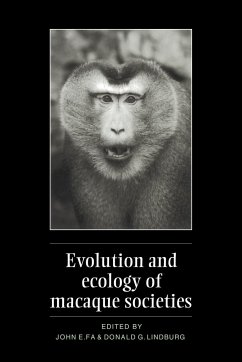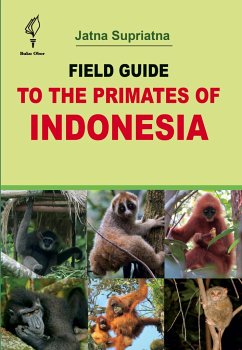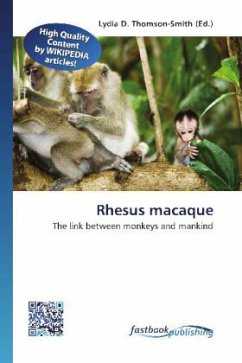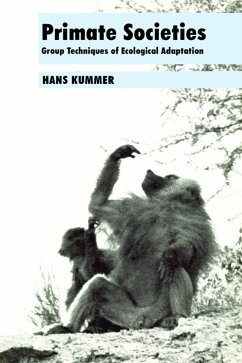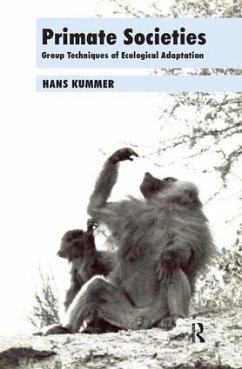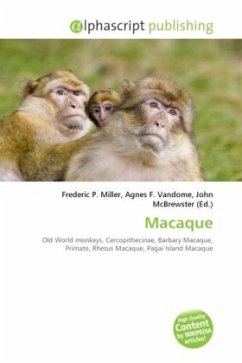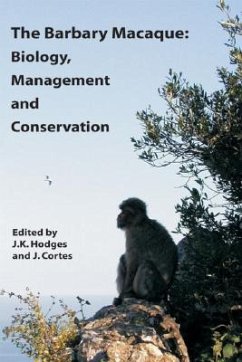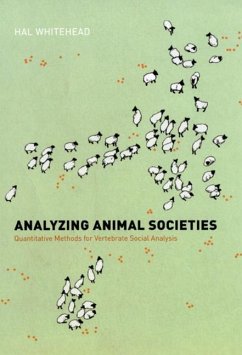
Evolution and Ecology of Macaque Societies
Versandkostenfrei!
Versandfertig in 1-2 Wochen
171,99 €
inkl. MwSt.

PAYBACK Punkte
86 °P sammeln!
The genus Macaca is the most widely distributed of non-human primates. All macaque species, except the North African Barbary macaque, are found in 20 countries in the South-East Asia region. Fossil evidence suggests that, in the Pleistocene period, the macaques were more widespread, living throughout most of Eurasia and northern Africa, but they have now disappeared between North Africa and South-East Asia. Over the comparatively short time span of 5 million years, macaques have evolved diverse forms, from long tailed arboreal types to robust terrestrial animals, and live in a variety of habit...
The genus Macaca is the most widely distributed of non-human primates. All macaque species, except the North African Barbary macaque, are found in 20 countries in the South-East Asia region. Fossil evidence suggests that, in the Pleistocene period, the macaques were more widespread, living throughout most of Eurasia and northern Africa, but they have now disappeared between North Africa and South-East Asia. Over the comparatively short time span of 5 million years, macaques have evolved diverse forms, from long tailed arboreal types to robust terrestrial animals, and live in a variety of habitats. Studies of this group will give us important insights into the speciation process in a radiating group of non-human primates. Although macaques are probably one of the most studied cercopithecine monkeys both in the wild and in captivity, data from long-term studies and pioneering work of little-known species are only just emerging. In this book, world authorities on macaques interpret recent research and present up-to-date syntheses of many aspects of macaque ecology, evolution, behaviour and conservation. This book will prove to be the definitive synthesis of the subject for all those interested in this fascinating group of monkeys for many years to come.





